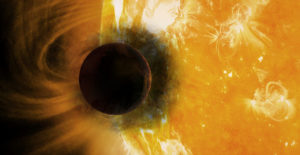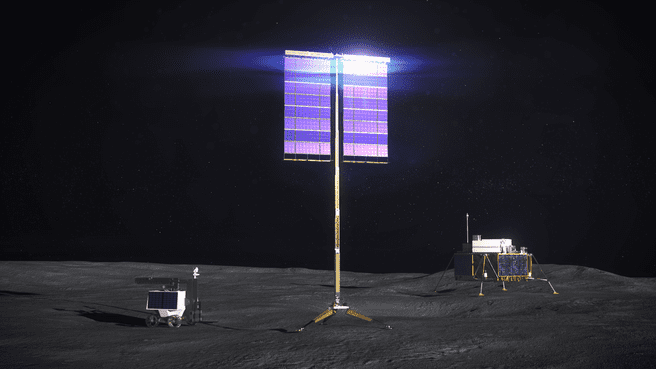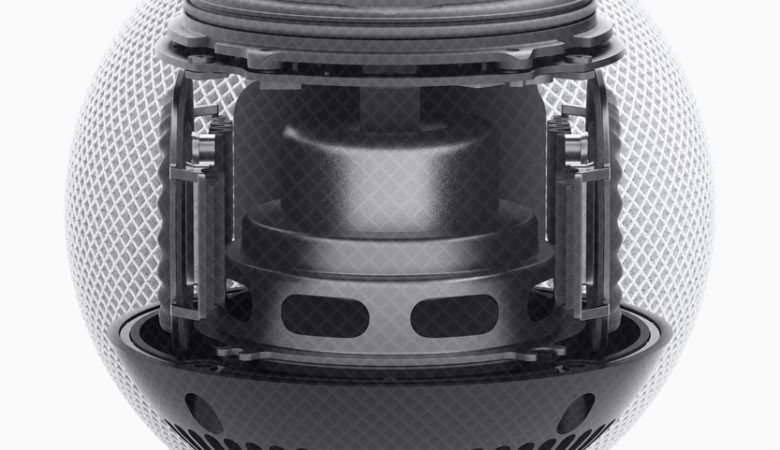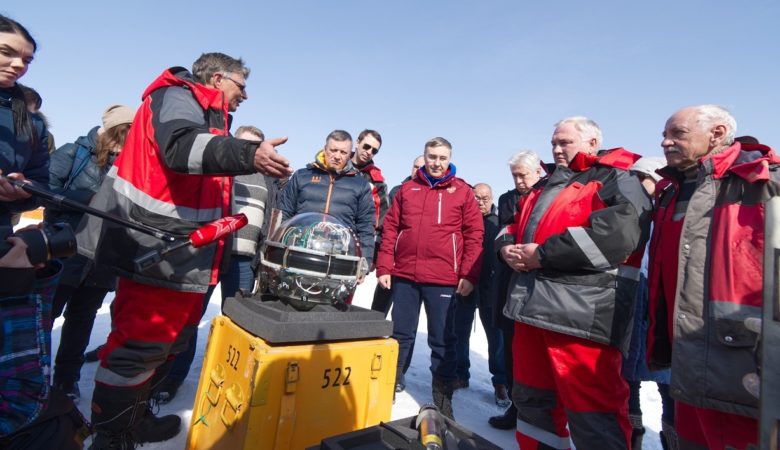The living area suddenly becomes uninhabitable when the parent star repeatedly “roasts” you with UV radiation and glowing plasma tufts.
The most destructive ones are typical of the most numerous type of stars. The new study therefore looked at how much energy and radiation they release and whether they endanger potential extraterrestrial life.
The research work was published in the scientific journal Astrophysical Journal. Her findings are positive: for microbes.
Sterilization of worlds?
According to some estimates, up to 90% of the stars in our galaxy belong to the category of red dwarfs. These bodies are almost three times colder and two to ten times smaller than the Sun.
Due to the abundance of this stellar category, most potentially habitable exoplanets orbit the red dwarfs. However, according to some researchers, the surroundings of these stars do not represent a suitable place for the development of life.
Stellar eruptions are to blame. Red dwarfs are characterized by super-eruptions 10 to 1,000 times larger than those of the sun.
The planets in the habitable zone are flooded with a lethal dose of ultraviolet radiation. In addition, they destroy the protective ozone layer and, if they occur frequently, they can remove the planet’s atmosphere.
They are thought to occur particularly frequently during the first hundred million years of red dwarfs. Therefore, some astrobiologists believed that at this stage of development, they practically sterilized any potential life on the planets in their habitable zone.
They watched as the stars “boiled” the planet
As such super-eruptions are relatively rare, researchers have worked primarily with conjectures and estimates. Only a handful of observations had data available.
Astronomers from the University of North Carolina at Chapel Hill made the breakthrough in observing super-eruptions. Using a set of space telescopes Evryscope and the TESS satellite, they observed 42 eruptions of 27 stars and at the same time measured their temperature and the intensity of the emitted ultraviolet radiation.
In super-eruptions, most of the ultraviolet radiation is released within 5 to 15 minutes. The researchers therefore observed the eruptions at two-minute intervals to obtain more measurements and capture the peak of stellar activity.

Only microbes will survive
Measurements have shown that the material about 40% of super-eruptions exceed temperatures of 14,000 ° C. The hottest reach up to 42,000 ° C. In comparison, the surface temperature of red dwarfs is around 2,000 – 3,000 ° C.
The data confirmed that young red dwarfs show more super-eruptions than older stars of this type and have a detrimental effect on the eventual life of the surrounding planets.
“We have found that the planets orbiting young stars face life-threatening doses of ultraviolet radiation. However, some microorganisms could survive, “says Ward S. Howard, lead author of the new study.
According to the authors, these findings can help in the search for life in space. “In the long run, they will make it possible to focus on planetary systems with lower stellar eruption activity,” says study co-author Nicholas M. Law.
A renewed life?
According to the authors of the study, the early activity of red dwarfs is enough to completely remove the atmosphere from the planets of the habitable zone.
At the same time, however, they argue that this phase may last short enough for the planets to subsequently replace the lost atmosphere, for example with volcanic activity.
It is not yet certain whether they may be suitable for life at this later stage in the development of their parent stars, according to scientists. Data from further research are needed.











